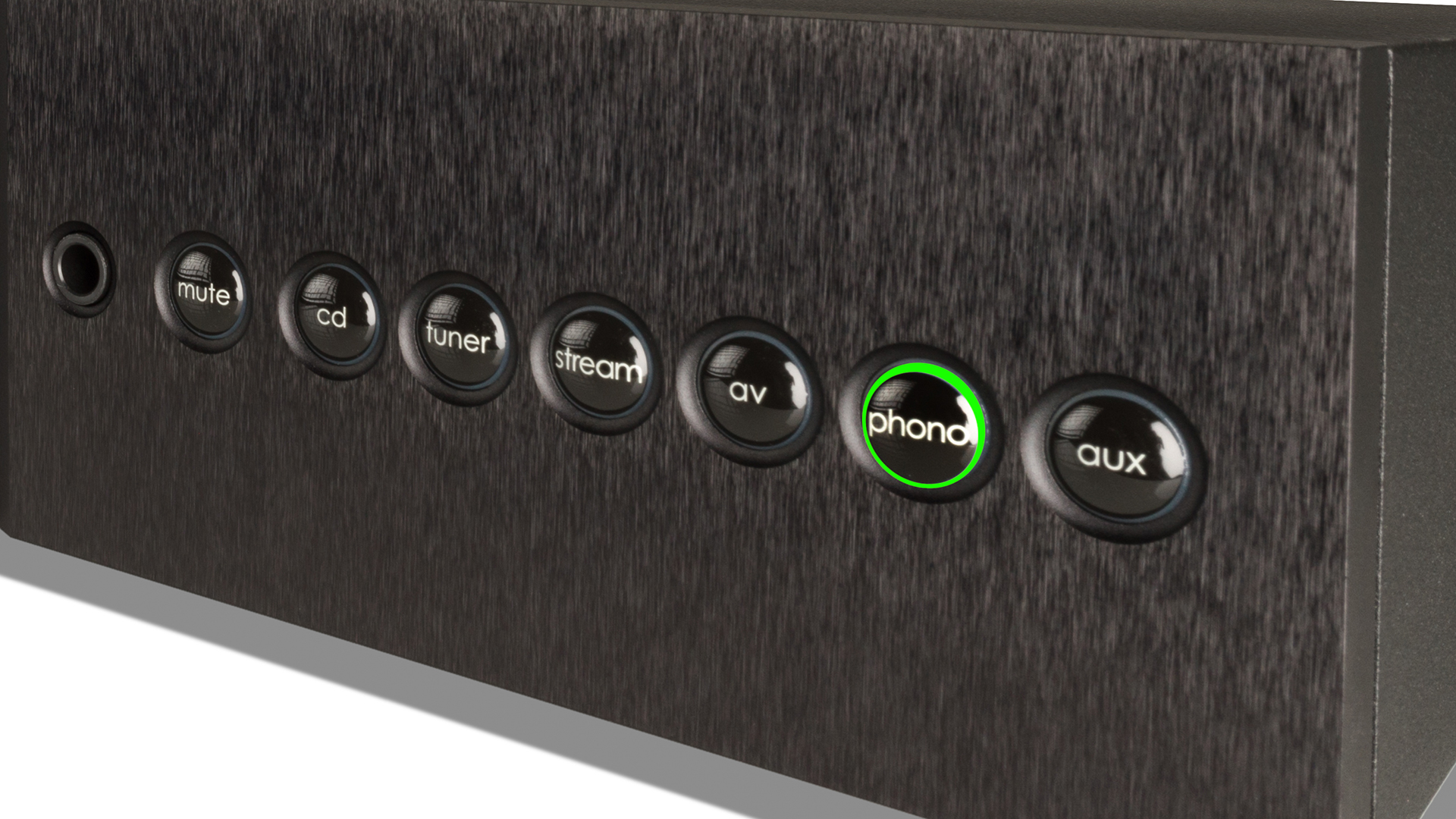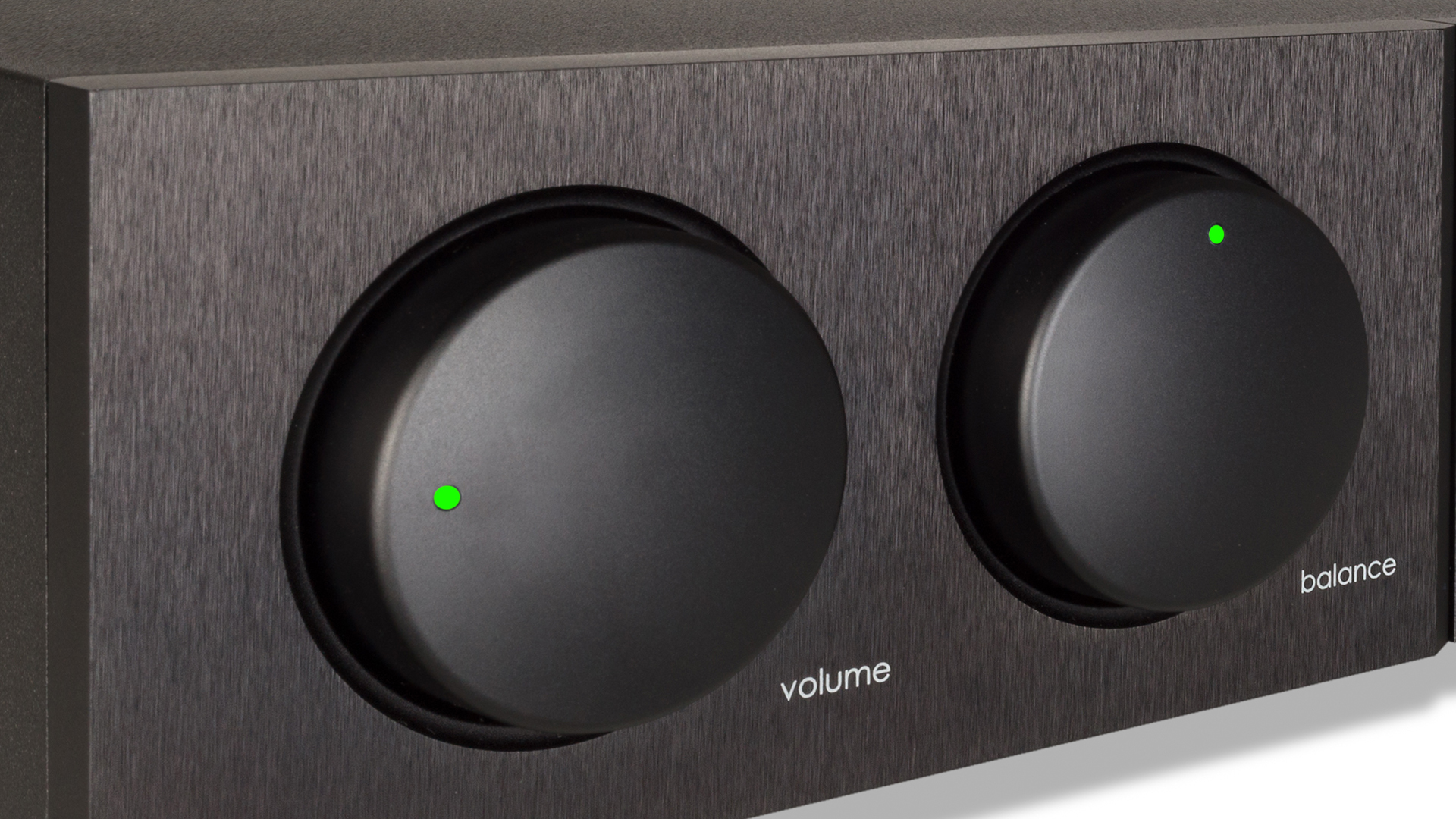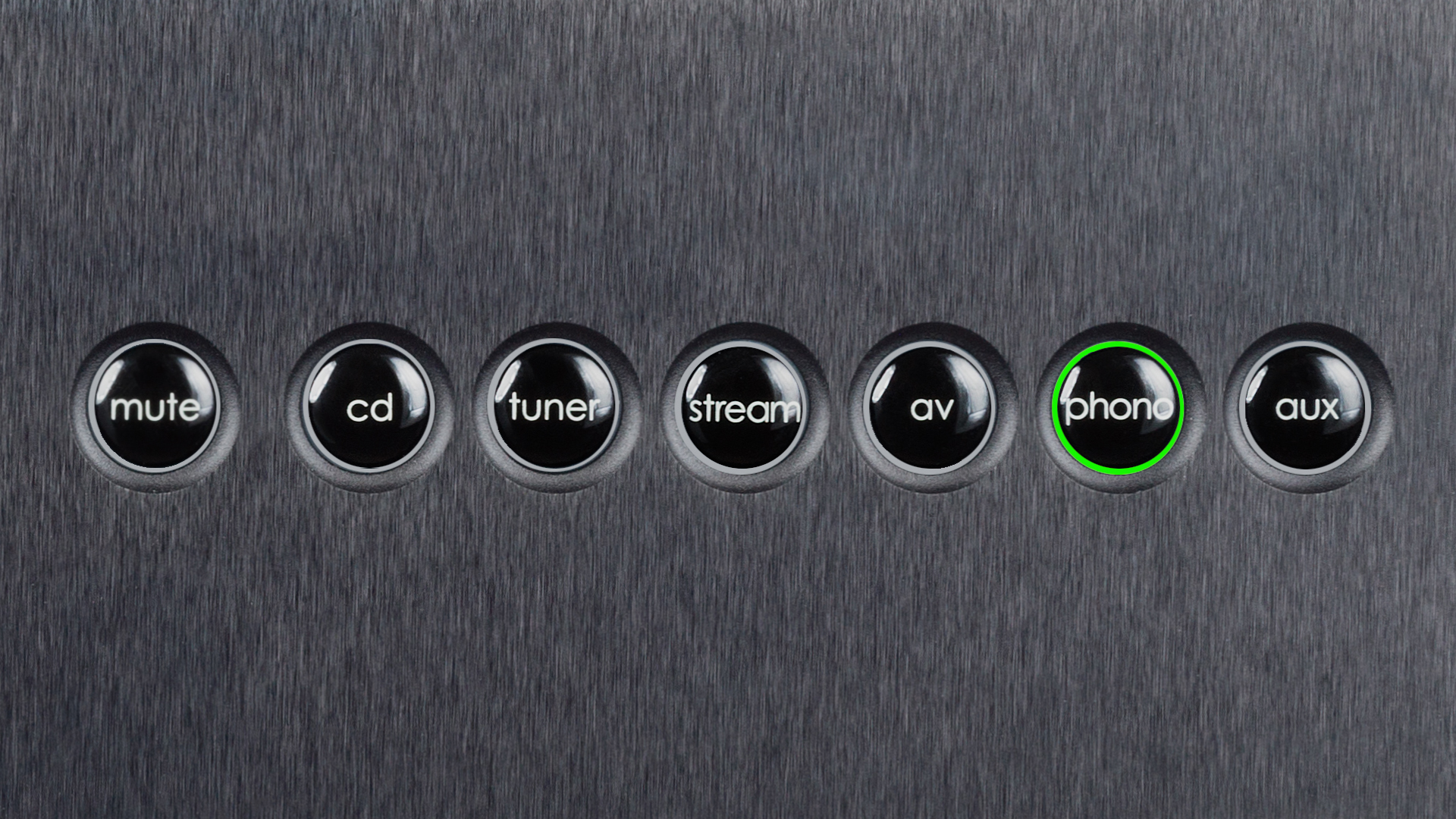What Hi-Fi? Verdict
If you’re looking for an entertaining yet informative integrated amplifier, the Supernait 3 is a brilliant choice
Pros
- +
Impressive dynamic capability
- +
Authoritative bass
- +
Fine build
- +
Upgrade potential
Cons
- -
No moving coil input
Why you can trust What Hi-Fi?
We’ve always had a soft spot for Naim’s Supernait. Now in its third generation, this amplifier has always seemed to offer everything we like about the company’s far pricier pre/power combinations, but in a neater package and at a more affordable price.
Of course, an integrated amplifier costing £3500 is still distinctly premium, but when it has us questioning the need to spend more, it suddenly seems great value.
Build

Take a look around this new amplifier and it feels distinctly familiar. The previous generation of Supernait was launched around six years ago and this new version just adds a moving magnet phono stage and features a slightly, simplified and tweaked power amplifier section.
At first we are a little underwhelmed to find so little has been done between generations, but having used the product extensively, it makes sense.
Despite its age, the previous generation was still arguably one of the best integrated amps at its price and didn’t need major surgery. What Naim has done is to make it a little more useful and just a little better.
The casework feels suitably hefty with the amp weighing in at almost 14kg. It feels like a quality product, but as is Naim’s way, never really exudes a luxury aura. Our only complaint is that if you decide to use the front panel dials, rather than the generic remote handset, they’re a little too thin and rounded for a comfortable grip, at least if you’ve got fingers like ours.
Features

This is about as well equipped as an all-analogue amplifier needs to be. There are four line level inputs, each offering the choice of conventional RCA or Naim’s favoured Din options. We prefer Dins simply because this input tends to sound just that bit better, particularly when using Naim’s Din-equipped sources.
The latest hi-fi, home cinema and tech news, reviews, buying advice and deals, direct to your inbox.

Inputs Four line-level inputs, MM phono, 6.3mm headphone
Power output 80W per channel (8 ohms)
Dimensions (hwd) 8.7 x 43 x 31.4cm
Weight 14kg
There’s a variable line output available with both socket types, in case you want to add an additional power amplifier or subwoofer. The upgrade potential doesn’t end there, with the Supernait 3 able to make use of Naim’s Flatcap (£939), Hi-cap DR (£1419) or SuperCap DR (£4599) outboard power supplies. While we can’t see many Supernait owners stretching to the SuperCap DR option, the other two look tempting when the urge to upgrade strikes.
Some may question the lack of digital inputs. The original Supernait had some but these were dropped for the sonically superior Mk 2 version. Naim’s thinking is that including such inputs not only raises costs, but also has the potential for affecting analogue performance. In our experience built-in digital modules rarely perform as well as carefully chosen outboard units. Most times, something as humble as a Chord Mojo does the job better.
Take a look inside the amplifier and it’s hard not to be impressed by the neatness of the build or the obsessive attention to small details such as the deliberately loose fitting mains socket, which reduces the amount of vibration fed into the casework. There is a hefty mains transformer, and the use of good quality motorised Alps potentiometers for volume and balance controls.
Sound

Given a suitable amount of time to settle, and a source of suitable quality, this amplifier turns in a remarkably assured performance. We use Naim’s range-topping ND 555/ 555 PS DR music streamer for much of this test, though the ND5 XS2 (£2299) or NDX 2 (£4999) should be more usual partners.
The Supernait 3 sounds solid and muscular, handling whatever you throw at it in terms of music and partnering speakers. We try a range of alternatives to our reference ATC SCM 50s and the Naim never sounds like it has to try hard to make them bend to its will.
Such confidence works wonders for the listener. When that subliminal messiness of an amplifier struggling isn’t present, it’s easier to focus on the music instead. That’s what the Supernait, regardless of generation, has always done best.
We start with Four Tet’s There Is Love In You set and the Naim sounds as happy as a toddler in a sandpit. It has a fast, punchy sound that’s backed with real heft at low frequencies. We’re impressed by the organisation on show and the amplifier’s ability to track a multitude of musical strands and still tie them together as a cohesive and musical whole.
We can’t think of a more capable alternative when it comes to rhythmic drive and precision. The Supernait 3 conveys the changing momentum of this music brilliantly, capturing the various mood changes between tracks with conviction.

Switching to Dvorak’s New World Symphony shows off the amplifier’s excellent handling of dynamics. It delivers crescendos with venom, but has the grace to handle low-level shifts of intensity well too.
Detail resolution is good, and it’s easy to get insight into the recording and the production methods used. But it never feels as though the Naim makes this a priority. It’s simply about getting to the heart of the musical message and feeling the emotion that the artist intended.
The Naim can generate huge scale with recordings such as this and deliver a fine stereo soundstage. While not the most expansive or spacious around, the stereo imaging is precise and layered enough to convince.
There’s a little more clarity compared to the previous generation and a slight increase in agility. It’s a useful upgrade in performance, but we don’t think anyone with a Supernait 2 needs to change to this one.

We’re a little disappointed that Naim hasn’t included moving coil capability for the phono stage here. But the company says that would mean a more compromised design and an increased price. If you do need an MC cartridge, Naim’s Stageline outboard phono stage (£399) could be powered by a dedicated socket on the Supernait 3.
We use a Goldring 1042 MM on our reference Technics SL-1000R and this amp delivers fine results. The phono input retains the entertaining character of the line stages and is pretty quiet as far as hiss and unwanted noise are concerned. We can ask no more than that.
The front panel headphone output is similarly pleasing. Normally such outputs are a box-ticking exercise for manufacturers and most sound compromised compared to the speaker outputs. That’s not the case here. We try a range of headphones from the Beyerdynamic T1s to Grado’s RS-1s without issue. The Supernait produces an informative and enjoyable sound regardless.
Verdict
The previous generation of Supernait wasn’t broken and so Naim hasn’t fixed it. But, in adding a good quality MM phono stage and tweaking the power amplifier section, it has made a great amplifier even better. If you’re looking for an integrated at this level, you must hear this one.
SCORES
- Sound 5
- Features 4
- Build 5
MORE:
Read our Naim Supernait 2 review
What Hi-Fi?, founded in 1976, is the world's leading independent guide to buying and owning hi-fi and home entertainment products. Our comprehensive tests help you buy the very best for your money, with our advice sections giving you step-by-step information on how to get even more from your music and movies. Everything is tested by our dedicated team of in-house reviewers in our custom-built test rooms in London, Reading and Bath. Our coveted five-star rating and Awards are recognised all over the world as the ultimate seal of approval, so you can buy with absolute confidence.

